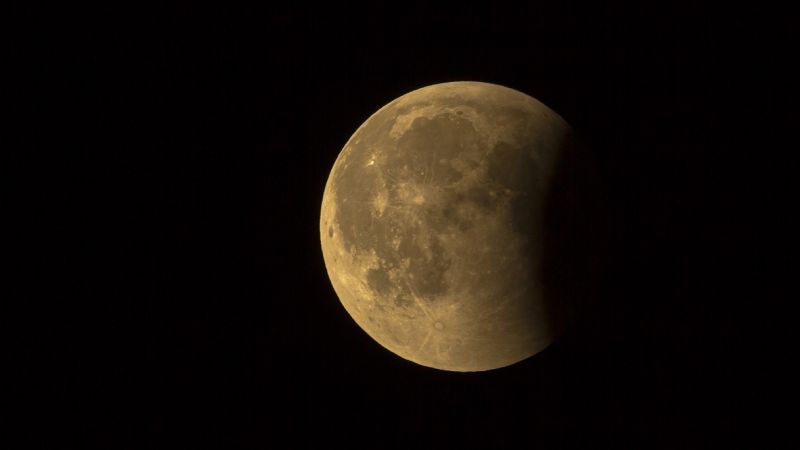Samsung heads into CES 2026 with momentum Samsung Electronics is closing out 2025 with a strong signal of where its future tech ambitions lie….
The internet just loved last night’s ‘Super Blood Wolf Moon’ eclipse

Now that’s quite the mouthful.
On Monday morning, the first full moon of 2019 coincided with a total lunar eclipse that many across the western and northern corners of globe could afford to witness.
It was named the Super Blood Wolf Moon, because it was just that fabulous.
In South Africa, we have to settle for coverage on social media, but at least users’ images don’t disappoint.
Early on Monday, #eclipse began trending across the United States, and with it, a flood of snaps emerged.
And for those of you who prefer video, the AFP’s got you covered.
Pretty, yes. But why is this particular full moon called the “Super Blood Wolf Moon”?
Fundamentals first. A lunar eclipse is observed when the Earth — the bully that it is — blocks out the Sun’s light hurtling towards and reflecting off the Moon.
As for the “blood” nomenclature, the Moon turns a bright orange thanks to the tinted light from the Sun passing through the Earth’s atmosphere.
Thirdly, why is it a Supermoon? At present, the Moon’s some 50 000km closer to the Earth than its farthest distance this year. As a result, it also appears to be larger, hence the “Supermoon” effect.
And finally, January’s full moon — at least in North America — is known as the Wolf Moon, according to TimeAndDate. This is thanks to the social animals seemingly gazing up at the satellite and howling during the coldest months of the year.
This is set to be the last total lunar eclipse until 2021.
A total solar eclipse will be visible for a sliver of the Pacific on 2 July, while another partial solar and two lunar are also set to occur, Earth & Sky notes.
Feature image: adege via Pixabay (CC0)

